|
One of the things that is becoming more popular is to take used construction equipment tires and turn them into livestock waters. The benefits of these tire waters is that they are cheap (or free) to acquire and very low maintenance to keep in operation. They will supposedly keep the water cool enough in the summer to inhibit the growth of algae, and warm enough in the winter to keep it from freezing. I plan to install some of these at ESF so I will let you know how they perform. Back in the spring Greg and I made our way to Perry County, KY to pick up some tires of our own. There were plenty to choose from in this "little pile" they had. The biggest challenge was finding some small enough to fit on our flat bed trailer. After picking four out we drug them over to the trailer and then "flipped" them up onto the bed. We ended up getting two 8 foot tires and two 6 foot tires. We were able to lift the 6 foot tires up on top of the 8 foot tires and boom them down nice and tight. Those four tires was all the load we wanted driving back out of those mountains! After these tires sitting at the farm all summer, Greg and I finally found some time to cut one of them. This was a job that we had been dreading as it sounded like a dirty, all day, kind of mess. I will say that we were pleasantly surprised that we got a big tire cut in about two hours. I will give credit to Larry Clay and Ron Shrout for giving us some tips and pointers to help make it go easier. To cut these tires you simply take a reciprocating saw and cut your way around the edge of the tire. Sounds easy right? Step 1: Drill a hole through the tire big enough to get the saw blade started. Step 2: Start the saw in the hole and continue all the way around the tire until you remove the middle portion completely. Notice the chain in the picture. This was used to hold some upward pressure on the cut so that the rubber would not cause the saw blade to get pinched. We moved the chain around the tire with us as we cut. We also sprayed the blade with soapy water to help keep it cool and cutting good. It actually cut surprisingly well. We could cut around 2 to 3 feet before the blade would get too hot and break. By then we usually were ready for a breather too. It took us 8 blades to cut this tire. Notice how we have moved the chain around the tire as we cut. This helped tremendously. This tire was about 2.5 inches thick with steel belts all the way around. We cut it with 14 TPI metal blades which worked well. We are hoping to get this tire installed before winter. I will include pictures of that process once we get it completed. Until then, we have three more tires to cut.
Judy Picknell
1/12/2015 02:54:48 am
We have used tires for water and feed for YEARS. They are indestructible. We just cut them in half and get 2 "donuts" and put the feed and water in the circular part. I am very interested to learn how these guys fill in the "donut hole" to make a deep water trough. That would be great. Don't know where they are located but down south (OK) they do get algae in 100-120 degree summers. Easy enough the scrub clean with power washer or brush and elbow grease.
Larry
1/12/2015 05:19:24 am
What do you use for a liner to hold water
Judy
1/12/2015 07:10:10 am
we don't use a liner. Just add water up to the lowest part of the donut which is usually where the rim would sit. Feed same. They just stand around edges and eat and drink. I am thinking by cutting the tire your way could put hay in it also
Dan Kambich
11/14/2016 03:06:29 pm
We use concrete for the center, continuous flow on the water, put in infiltrator pipe as a drain field, in Montana winter usually bitter cold, never have had a problem, four inch pipe for drain, and with the continuous flow, moss can't seem to grow.
Zeno lechance
12/15/2019 09:43:38 am
The heat shrink they used to wrap boats Works wonderful and it's very strong
Dan Miller
1/13/2015 01:52:06 am
The Eden Shale Farm is located in Owen County in Northern Kentucky. I am also curious to see if these tire tanks will either freeze in the winter or grow algae in the summer, but I am told they should not in Kentucky. Our summers usually have highs in the upper 80's (a few in the 90's) and it will get down into the low teens with some occasional single digits in the winter.
judy
1/13/2015 02:35:33 am
I will be looking forward to your progression posts. thanks for the comments.
since you have to plug the center hole anyway. Why not build a "Montana Stock Tank Heating system. This uses ground well heat to keep surface from freezing.
Dan Miller
1/14/2015 12:46:46 am
Thanks Ken for the idea. We may try this technique with some of the tires we install. There are some that will have cattle on them year round and they would be good candidates for such engineering. The first one I install I am going to install without this, just because I want to see how they perform in Kentucky winters.
Have you tried using propane tanks for your warmer ....There are used out propane tanks available ...
3/10/2015 06:10:56 am
Kim Audette
1/22/2015 05:01:32 am
Trivia: I believe that an old time term for tubes going into the ground to make a heat exchanger is "Hoodoos".
Dan Miller
1/23/2015 12:23:11 am
Kim, 2/17/2015 04:48:26 pm
I have been cutting these tires for water tanks for years. I did not read all the posts but one crucial technique that makes cutting much easier is using a water hose and applying water on the blade during cutting. This keeps the blade cool and the rubber cool as well. Cool rubber cuts like butter. By using water you can cut the tire with a minimum of blades ,time and effort
jerry
4/26/2016 02:15:37 pm
Start with a metal blade first...then use a rough wood blade...its vibrates more but cuts better...soap water with a good drop of cooking oil....makes good lube..I dig 2-3 inches below the bead and I mix the quick Crete in a separate container for maximum mixture..let sit for 24 hours....then caulk the the bead and cement crease...let sit for 24 hours....this works better here in new mexico....extreme heat and wind and drought and rough cold in the high elevation
Start with a metal blade first...then use a rough wood blade...its vibrates more but cuts better...soap water with a good drop of cooking oil....makes good lube..I dig 2-3 inches below the bead and I mix the quick Crete in a separate container for maximum mixture..let sit for 24 hours....then caulk the the bead and cement crease...let sit for 24 hours....this works better here in new mexico....extreme heat and wind and drought and rough cold in the high elevation
jerry
4/26/2016 02:17:46 pm
Start with a metal blade first...then use a rough wood blade...its vibrates more but cuts better...soap water with a good drop of cooking oil....makes good lube..I dig 2-3 inches below the bead and I mix the quick Crete in a separate container for maximum mixture..let sit for 24 hours....then caulk the the bead and cement crease...let sit for 24 hours....this works better here in new mexico....extreme heat and wind and drought and rough cold in the high elevation
Joe
5/1/2015 02:17:56 am
I have installed several, filling the center with concrete. They work great. I followed instructions found online(Google it) they have a float valve and ball valve with a small 1/16 inch hole, you open the valve in freezing weather, the small amount of circulation prevents freezing. A internal overflow is installed as well. Some I only cut openings in the sidewall rather than removing the whole side, works good also.
Mike
7/18/2015 04:37:16 am
I have cut rubber tires with the same type saw but you sharpen the blade into a knife blade with no teeth on it. Cuts quick with little drag.
Jeff Lodge
12/29/2015 12:54:56 pm
Guys,
Brett
2/21/2016 07:58:58 pm
I have installed six water big tire water tanks and they are leaking very slowly somewhere and not out the overflow. Has anyone experience this and what can I do to fix this problem? Any help would be appreciated.
David
4/17/2016 11:45:24 pm
yes, I have a slow leak as well on new concrete. I have 5' centers that I packed sand/gravel in then used about 30 bags or so of sakcrete through a mixer as stiff as I could get it and still work it. I was told less water makes stronger crete. I wish I would have added some more Portland to it like a couple cups per bag. I was told after that helps also. I think I have at least 6" of concrete now and my guess is that it leaks between the rubber and concrete. could it be that I poured the concrete in Dec when the tire was 35-40 degrees F and now that it is 50-70 degrees F the tire expanded that fraction to allow water to seep out??? how can I fix that? as far as the surface look, the concrete looks good and is not crumbly. I also used the tire top for a large wildlife bird bath, water about 6-8" as my 100' over flow. I was told that might just be a water west nile breeding grounds, hmm. its at ground level and the critters sure have liked it so far. I am going to use rocks or broken cinder blocks to add sunning spots or escape ramps for the small poor swimmers. I used bentonite, 6 mil plastic then covered with soil about 6' and silicone the plastic down. they leak also but it think what I am going to try some bentonite on the seem between the plastic and the tire if the silicone didn't hold. batting 0 so far
Dan Miller
2/23/2016 04:22:33 pm
We now have 5 of these tire water tanks installed at Eden Shale Farm. We have not had any problems so far with them leaking anywhere, but they are relatively new. For most of the tires we installed, we included a concrete apron that the cows can stand on while drinking. We did all the concrete in one pour. This helps hold the tire in place and hopefully will help with some settling issues down the road.
Randy
1/13/2017 10:01:37 am
Rubber will not bond to cement very well. Use bentonite to make your bottom, and if you already did concrete simply dump a few bags in around the rim hole. You might have to do this every few years, but it only costs $7 per bag here. We have plenty of 20-40' bottomless tanks around here that work perfectly. 2/1/2017 07:34:19 am
Thanks for sharing wonderful information. Cutting tires can be a chore, however as it is my career I have found out many ways to make it easier on the back with a little effort beforehand. For setting the tank the most important step to remember is to cure the concrete under water, makes for a watertight seal every time.
Kate George
5/9/2017 12:59:11 pm
So mix the concrete, pour, then fill the tank with some water on top of the concrete? Or wait till it has set a bit first?
Kate George
5/9/2017 12:59:28 pm
Karl
5/19/2017 02:26:14 pm
Can you run the plumbing up from theground and through the centre and not heat in the winter ? I only use it in summer. Will it hurt it if it freezes on top
Dan Miller
5/24/2017 10:37:16 am
Karl, Yes you can run the plumbing up through the middle of the concrete and not worry about it freezing. That is how all of our tire water tanks are designed. We set the valve just above the concrete so that it is in the bottom of the tank and the ice never freezes that far down inside the tank. Only a couple of inches on the surface will freeze. I would not drain the tire and leave it empty during cold weather. I would recommend keeping the tank full of water during the winter so that the plumbing is protected. You will get ice on the surface, but when it warms up the tire will thaw out and function like normal.
LeRoy Arnold
1/16/2018 04:00:54 pm
We have at least 10 rubber tire watering facilities in my county of Oklahoma and with summer in the 90+ temps and lows in the teens. they have yet to have a problem and I would highly recommend them for livestock watering facilities. There are many ways to install the pluming in the middle of the tank and cement them in place. then put a gravel apron around the outside edge to keep the livestock from making mud holes up next to the tank.
Jay
5/8/2018 12:40:25 pm
I have installed several of these in MO. Use USA water valves with side bleeder already installed for year round use. I do nothing to the ones I don't use during the winter, freeze solid practically. I have yet to have a problem and there at least 6 yrs old. I use concrete in the bottom and gutter seam sealer around edge and pipe penetrations. I have had a hole as well in side wall. Fix it like a tire. Patch it or I clean with powered wire wheel and tar. Wider tire the better I have some that have 24" plus in ground about 18" above, bull can't touch it. Have openings in it, kept tire in tact for strength.
Troy huntHun
8/19/2018 10:29:02 am
Just installed a tire tank with concrete base. Water over the top of concrete to cure. I appear to have a leak around the perimeter of the tire, is this from the water that is helping to cure the concrete..how do I stop this?
Dan Miller
9/20/2018 10:34:39 am
Troy,
Andrew Goldsmith
2/5/2019 12:52:15 pm
I need a 600 gal. tire tank do you have one and if so, how much.
Mackenzie Miller
2/5/2019 04:38:49 pm
Andy,
francis kreutzer
4/25/2019 08:47:16 am
do you have any pictures of the finished product
Eden Shale Farm
4/25/2019 09:11:41 am
Francis
Scott
2/22/2020 09:38:47 am
Where can I buy tires
Dan Miller
2/24/2020 10:20:38 am
With a little calling around you can usually find a source to get the tires for free. Check with your local tire distributors and ask them if they have any available. There are also businesses that will sell them already cut and with all the valves and equipment you need to install them. A little searching on the internet and you should be able to locate either one in your area.
Matt
5/22/2020 08:29:07 am
Anyone ever use tractor tires? I have one with a loader tire but I'm putting in 3 more tanks for sheep. I can get tractor tires to use but I'm not sure about them.
tim morris
8/25/2020 09:12:56 pm
send all info on tires to water cattle
Eastern European
10/16/2020 03:45:30 am
Hey ... I got a well build on my property by the previus owner by staking tires on top of each other , ...
Anita
7/5/2021 10:22:36 am
I'm very interested in your stacked tire well. I saw these tire tanks on Youtube and 1 owner said they had the water tested for purity with no problems. USDA's conservation branch has instructions for these tire tanks as well. They only say to scrub the tires beforehand. This emboldened me to make a tank of stacked tires as a rain collector to use later for watering plants. I used much smaller tires and sealed the seams with 100% silicone because that's what's on aquariums. How is yours glued together? Did they just use packed clay?
Eastern European
7/5/2021 01:20:34 pm
they are old traktor tires .. i think they just dugg the whole and placed the tires on top of each other so they make a deep tube while inside a hole in the goround ... in the bottom of wich there is water ..and then filled in the extra room at the outside of the rim. the whater here is not cery deep , me being located in a lowland .
Donald Steiger
9/19/2021 05:11:28 pm
Good info, I have the waterline and the overflow pipe figured out. How do you install a drain? In the lower sidewall? Or somewhere in the concrete.
Eden Shale Farm
9/21/2021 04:25:01 pm
We set it up so that the overflow pipe and the drain use the same pluming. Simply put a threaded piece of pvc flush with the concrete and then screw in a threaded pipe to create the overflow. Than all you have to do is unscrew the overflow pipe to drain the tank.
Lenore Fastnacht
12/20/2021 12:10:19 pm
Can I fill a tire with Corefill (cement) or do I have to use concrete?
Eden Shale Farm
12/20/2021 01:56:57 pm
I am not familiar with Corefill, nor have we used any product other than concrete in our tire water tanks. 2/24/2022 08:02:12 pm
The heat shrink used to wrap boats works great and is very strong.
MO
4/16/2022 06:52:47 pm
Does the waterer work for horses/other classes of livestock besides cattle? I'm thinking since horses are taller, they could mess with the plumbing? 6/7/2022 03:54:30 am
I recently installed a tire tank with a concrete base. To cure the concrete, spray it with water. Is the water that is helping to cure the concrete causing a leak around the perimeter of the tire? 7/31/2022 11:39:28 pm
Your site is very useful. Thanks for sharing! 8/31/2022 11:44:22 pm
When Adrian Brown, the founder of Great Northern Tanks (Australian owned Rural Water Tanks) was looking for a tank suitable for his cattle station, 11/13/2022 06:18:14 pm
This is a great post with very valuable information! Very easy to read and understand, I'll be looking out for your next post! <a href="https://www.towingblainemn.com/" target="_blank">Towing Service</a> 11/15/2022 07:10:07 pm
That is a pretty clever way of putting up storage. My house needs a new water tank. I'll have to opt for plastic. 12/4/2022 11:51:59 pm
When Adrian Brown, the founder of Great Northern Tanks (Australian owned Rural Water Tanks) was looking for a tank suitable for his cattle station, 12/8/2022 01:36:19 am
If you're like the majority of individuals, you desire to drink clean water but are unsure on how to get started. Or perhaps you've looked into the many water filter kinds and are now completely perplexed. There is a valid explanation for this. There is a lot of information to process and it might be confusing or contradictory at times. Before now. 1/27/2023 01:20:12 pm
If anyone is looking for tires to do this with, we have uncut and cut tires here at our shop in Belleville, IL. Give us a call if your interested in water tanks! 4/24/2023 01:17:01 pm
I didn't know it took that many blades to cut rubber. My wife and I could use some water storage. We'll have to make sure that we get a rubber tote. 9/17/2023 08:32:12 am
Water security has become a deep concern across Australia, as a result of inadequate dams, expanding population, and the effects of global warming, culminating in frequent catastrophic droughts. 11/14/2023 09:24:13 pm
Comments are closed.
|
Archives
June 2024
Categories
All
Welcome |
CONTACT US |
EMAIL SIGN UP |
|
Eden Shale Farm
245 Eden Shale Rd. Office: (859) 278-0899 Owenton, KY 40359 Fax: (859) 260-2060 © 2021 Kentucky Beef Network, LLC.. All rights reserved.
|
Receive our blog updates
|

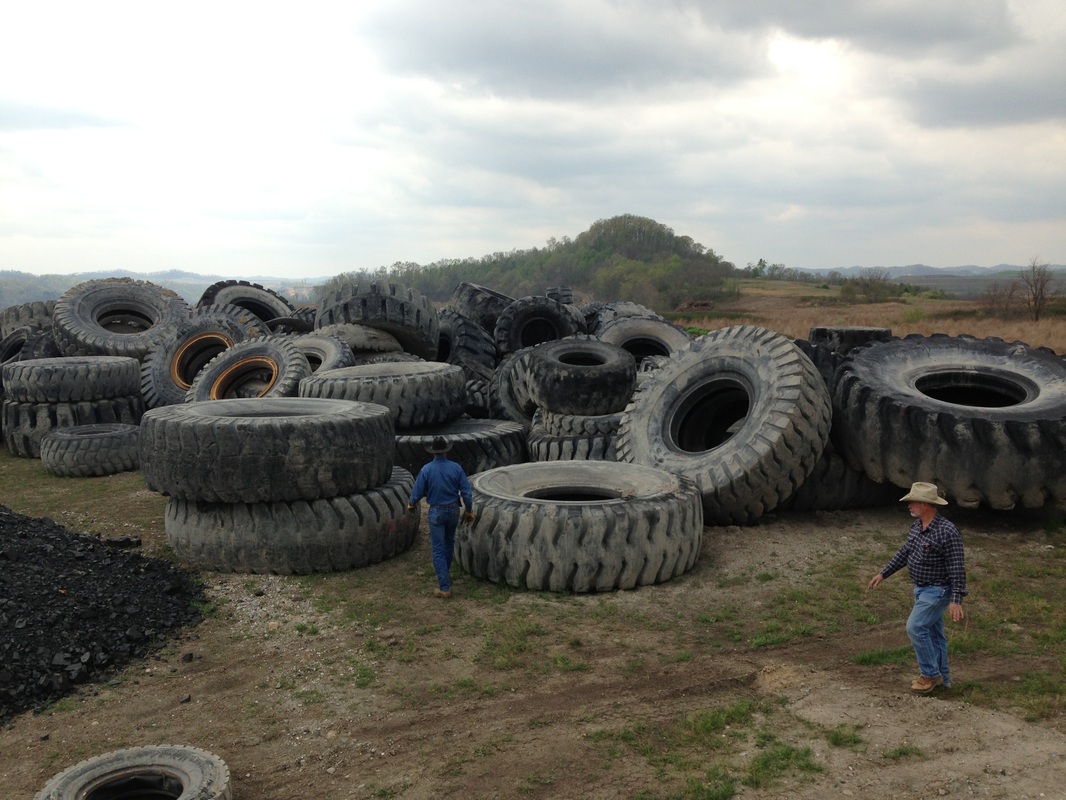
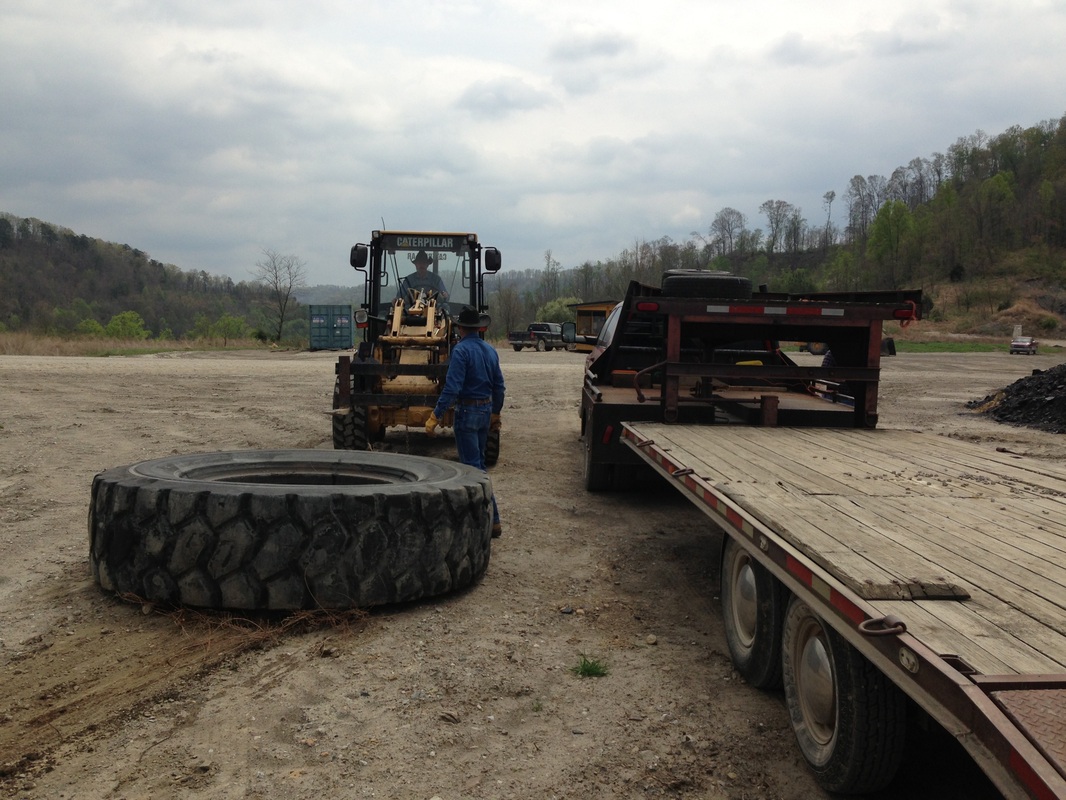
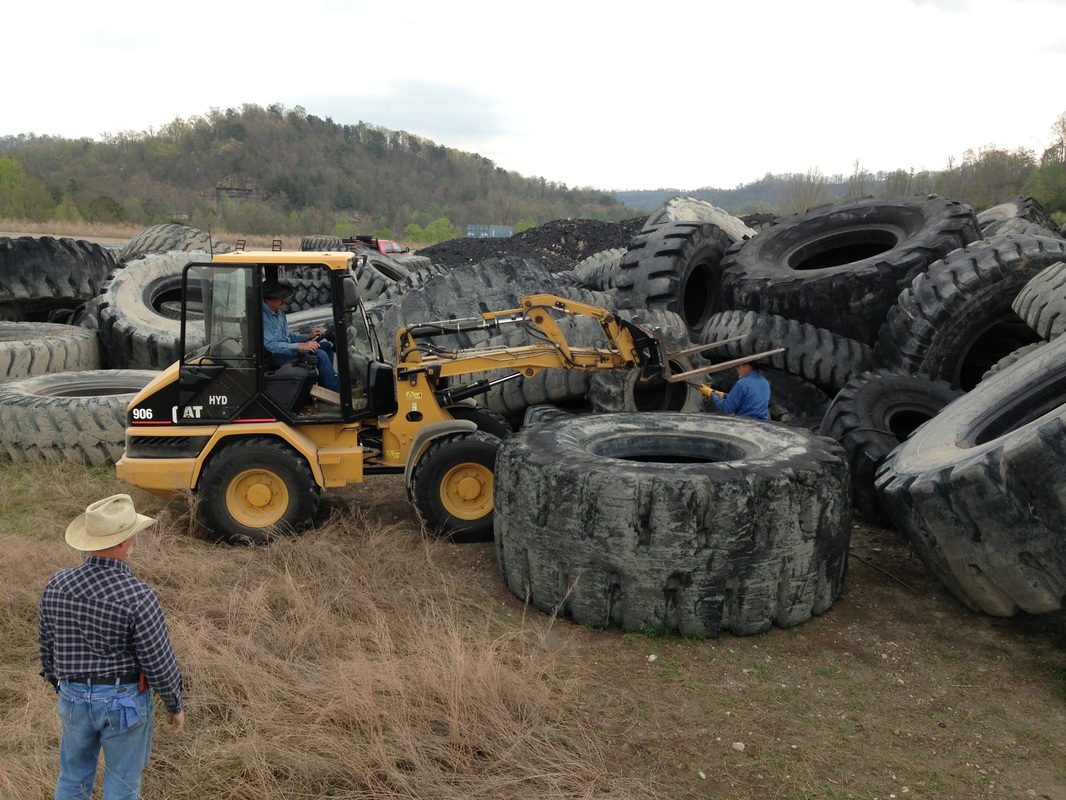
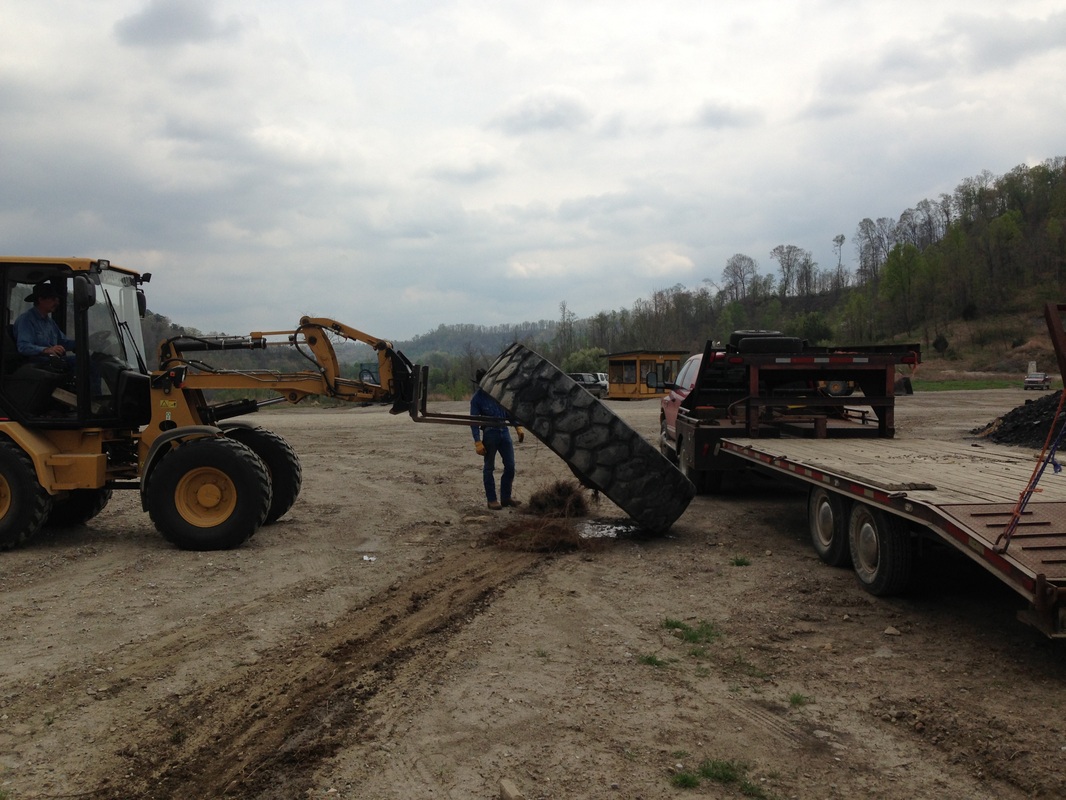
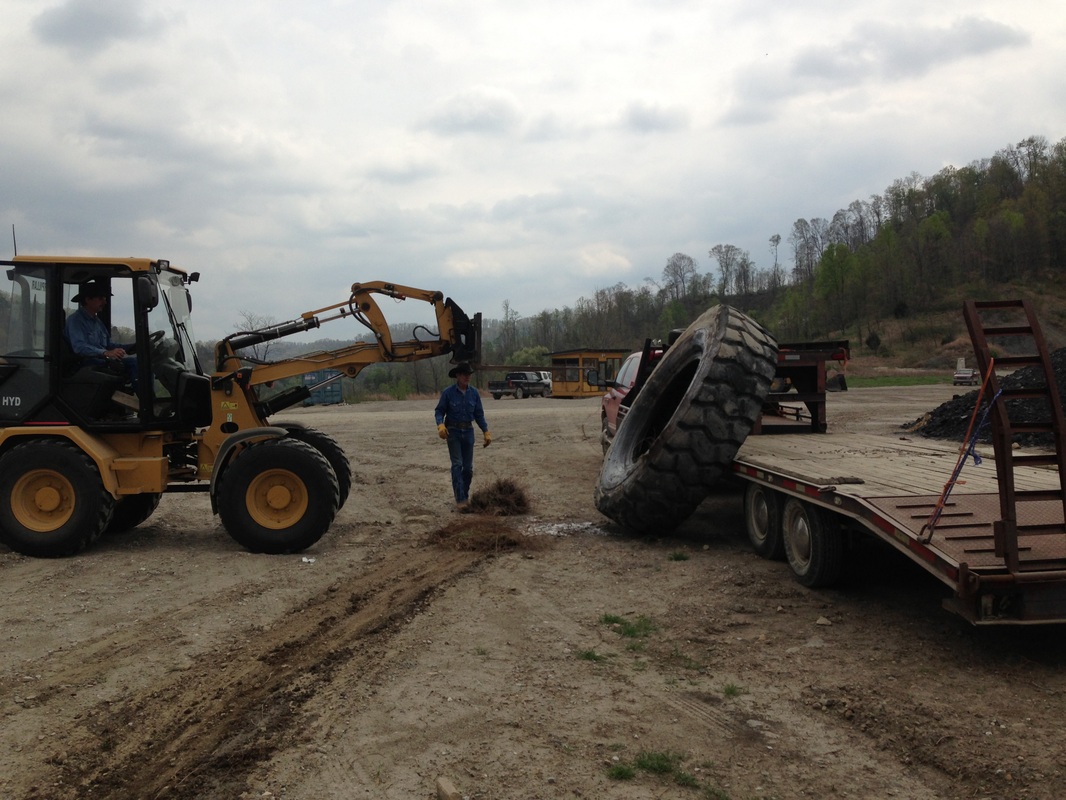
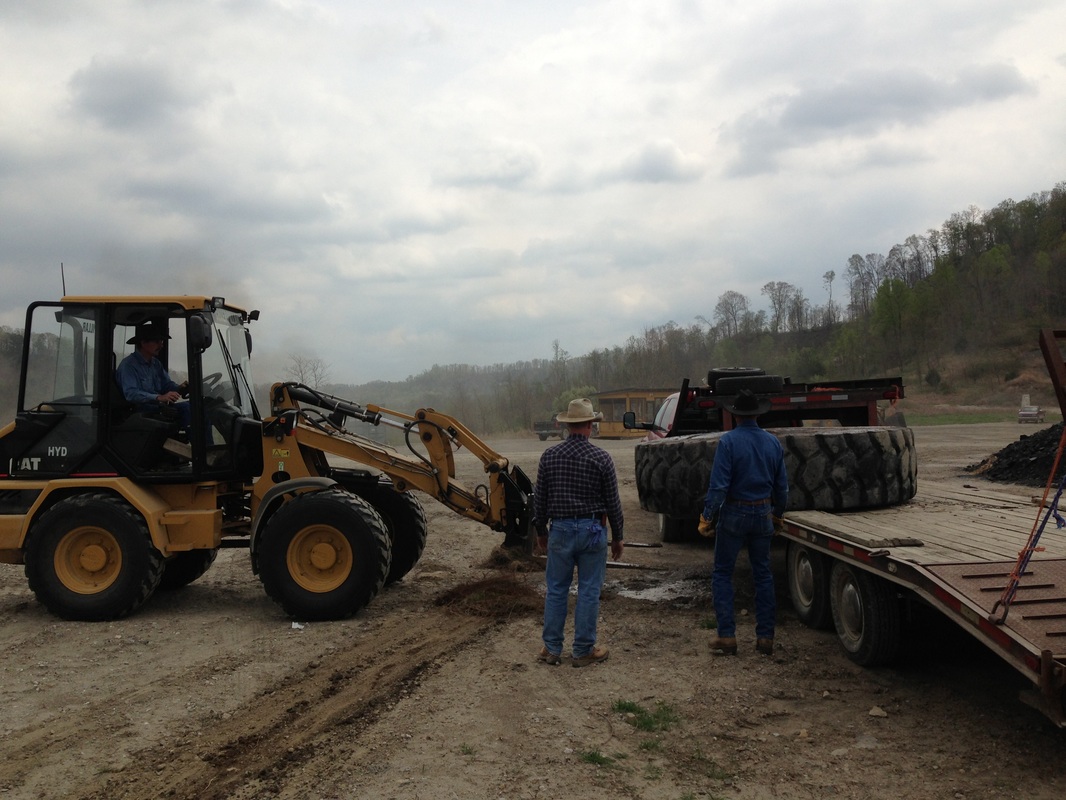
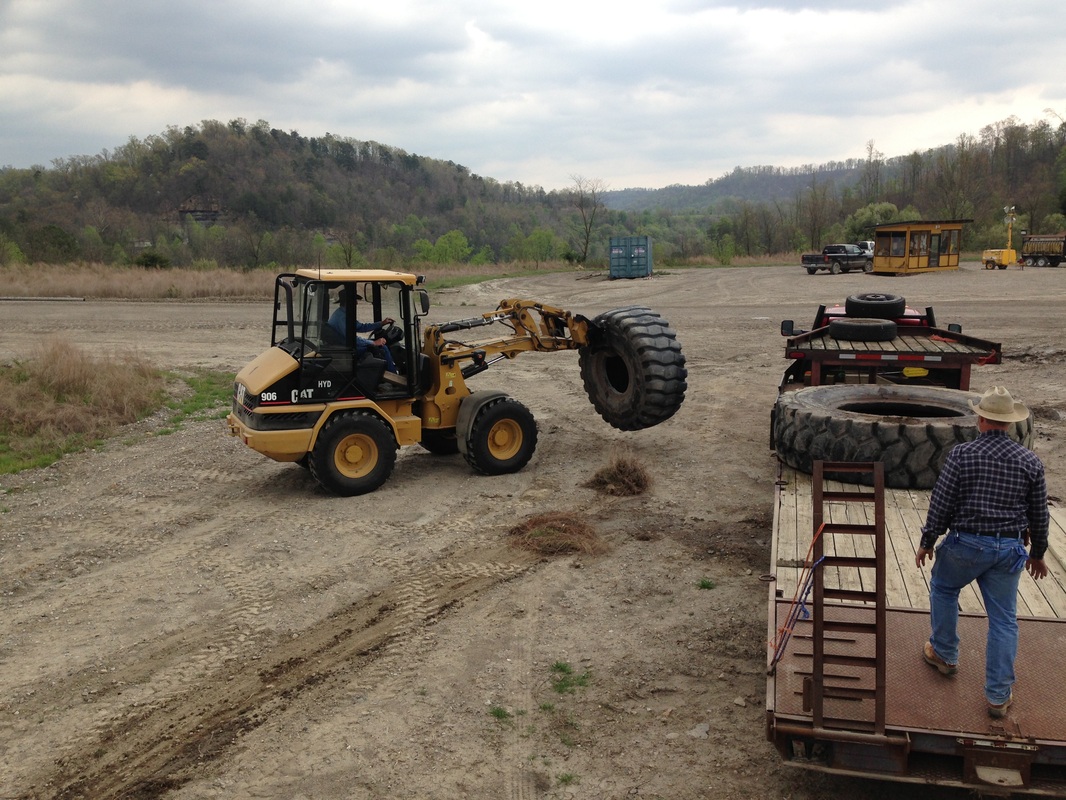
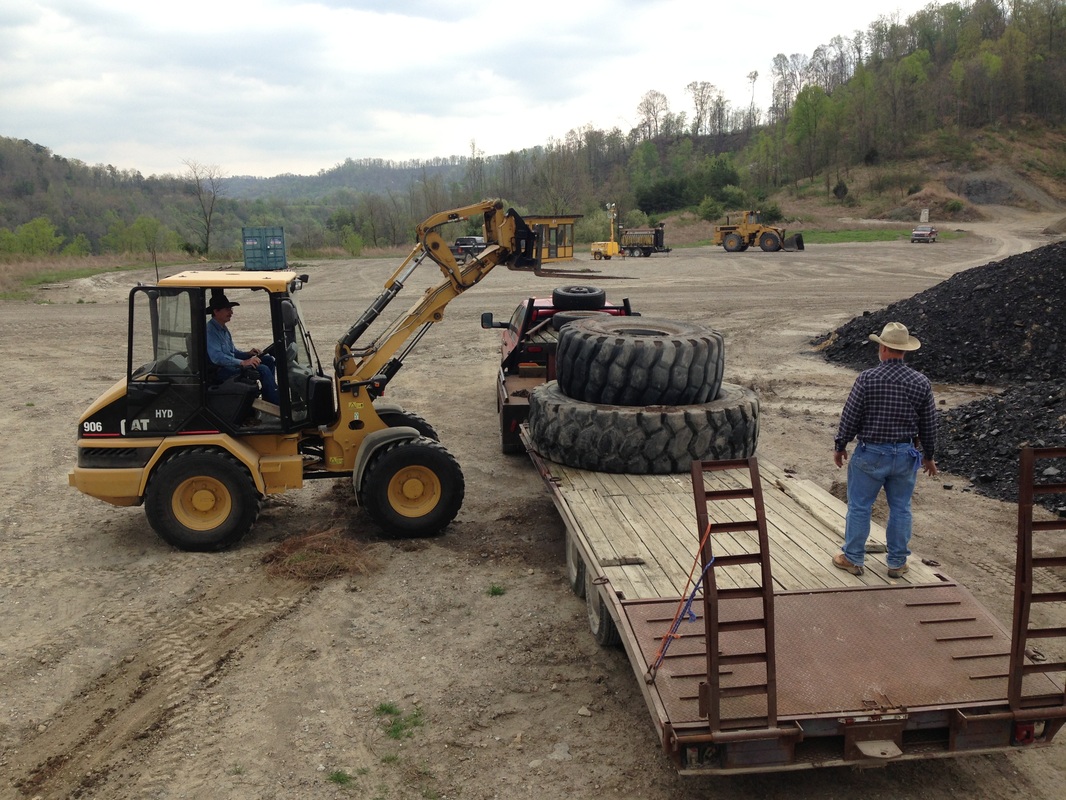
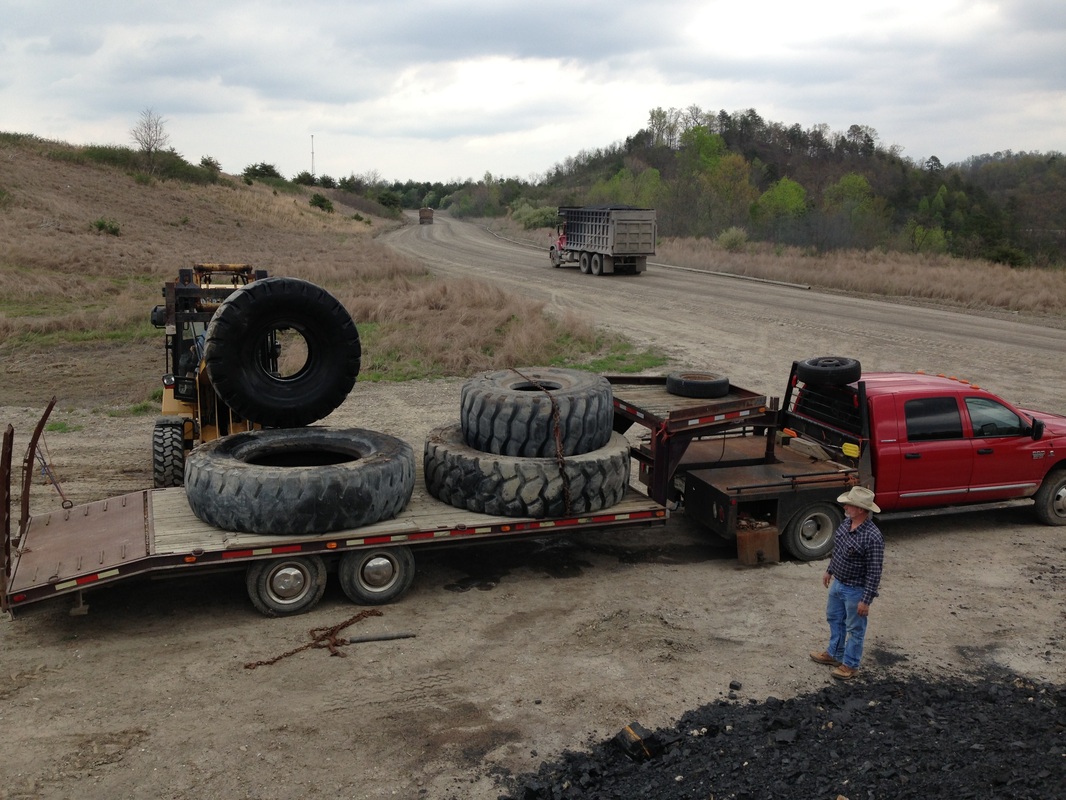
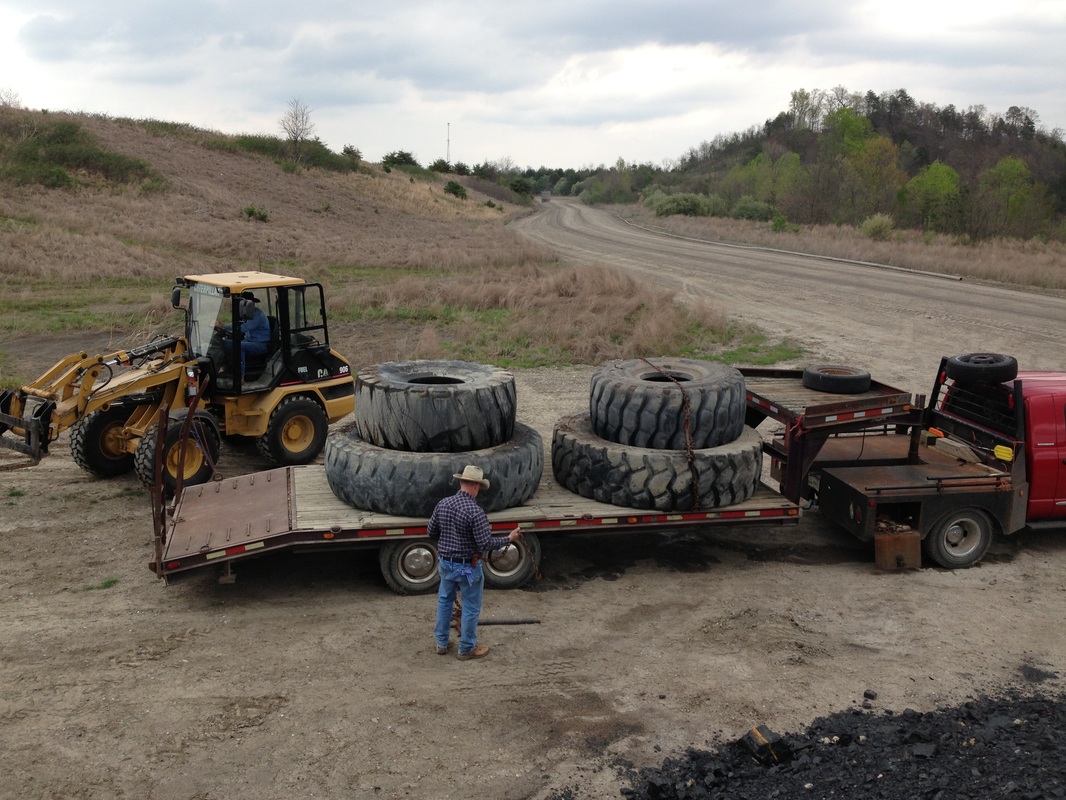
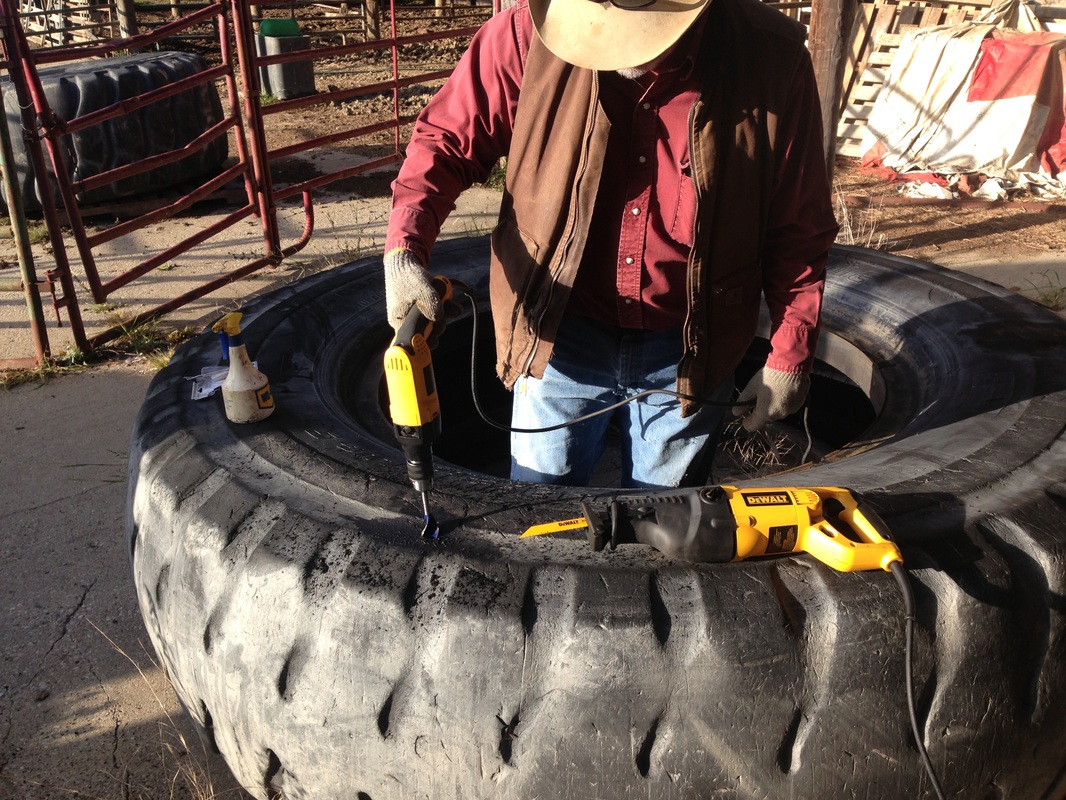
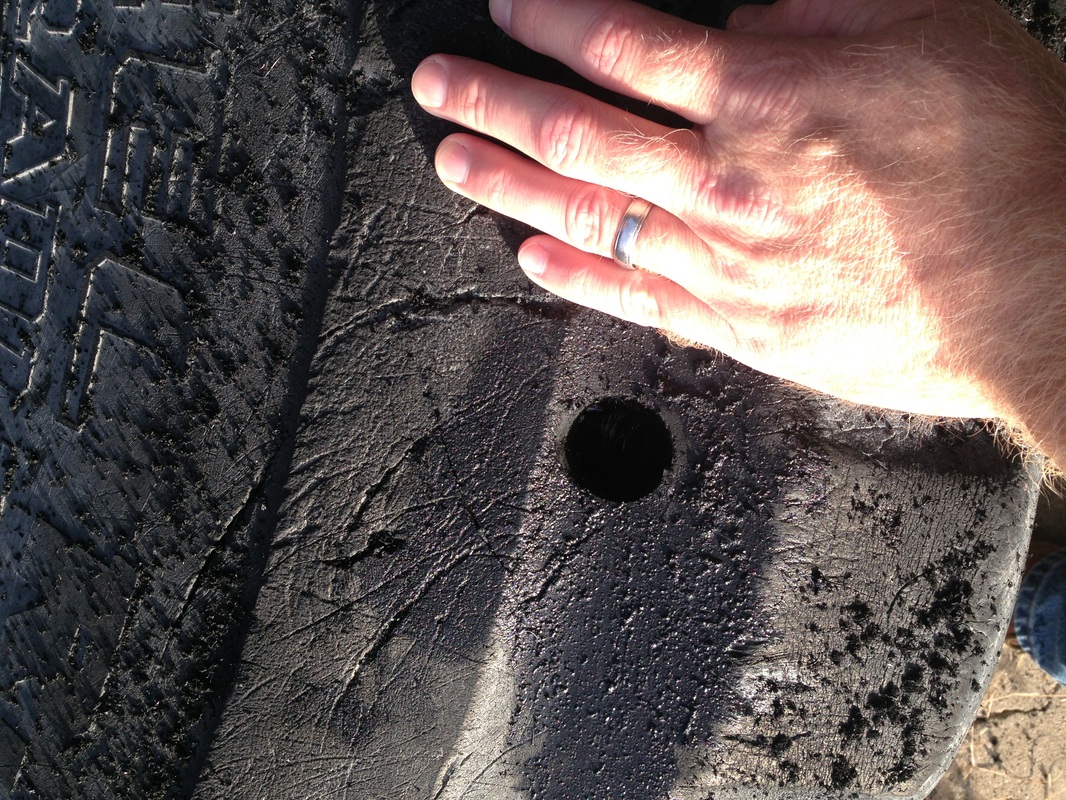
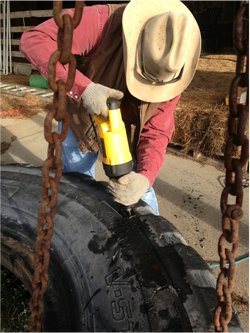

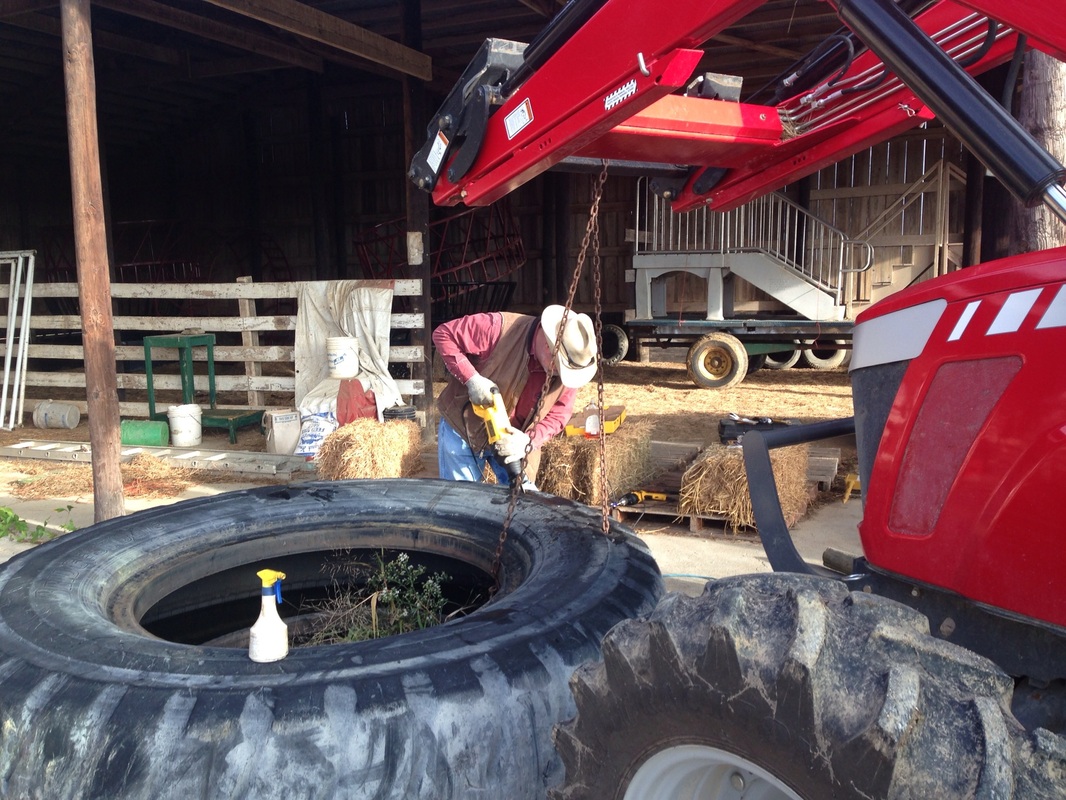
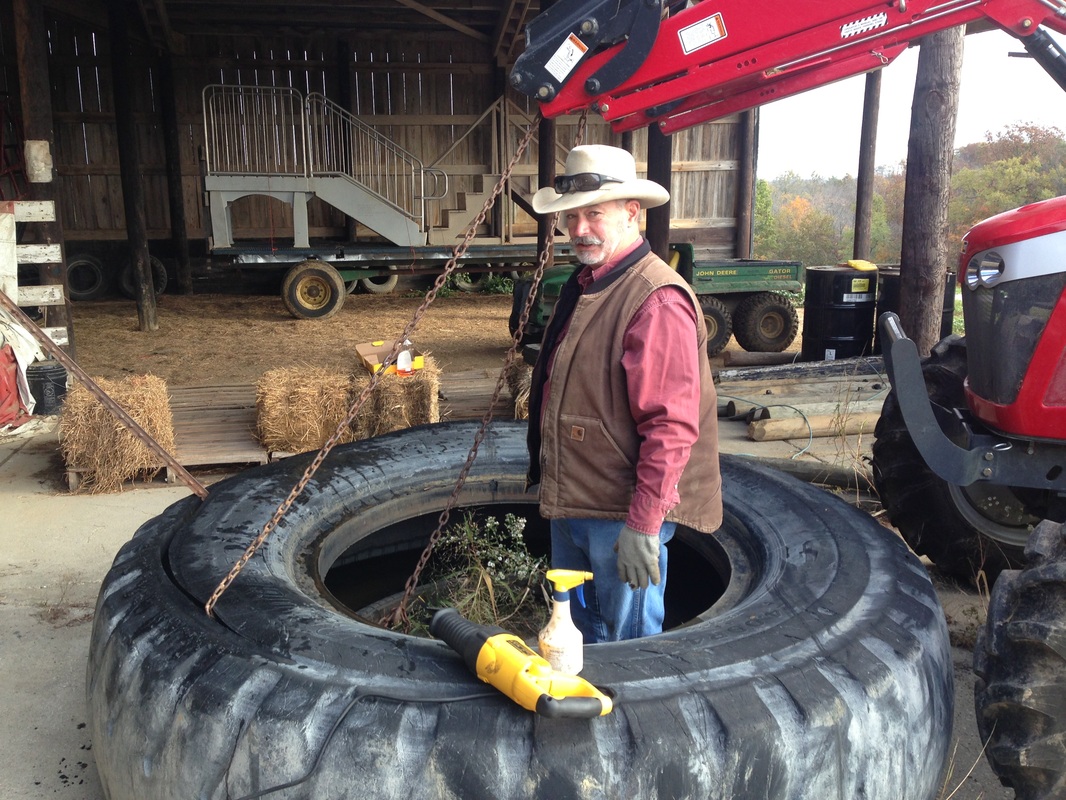
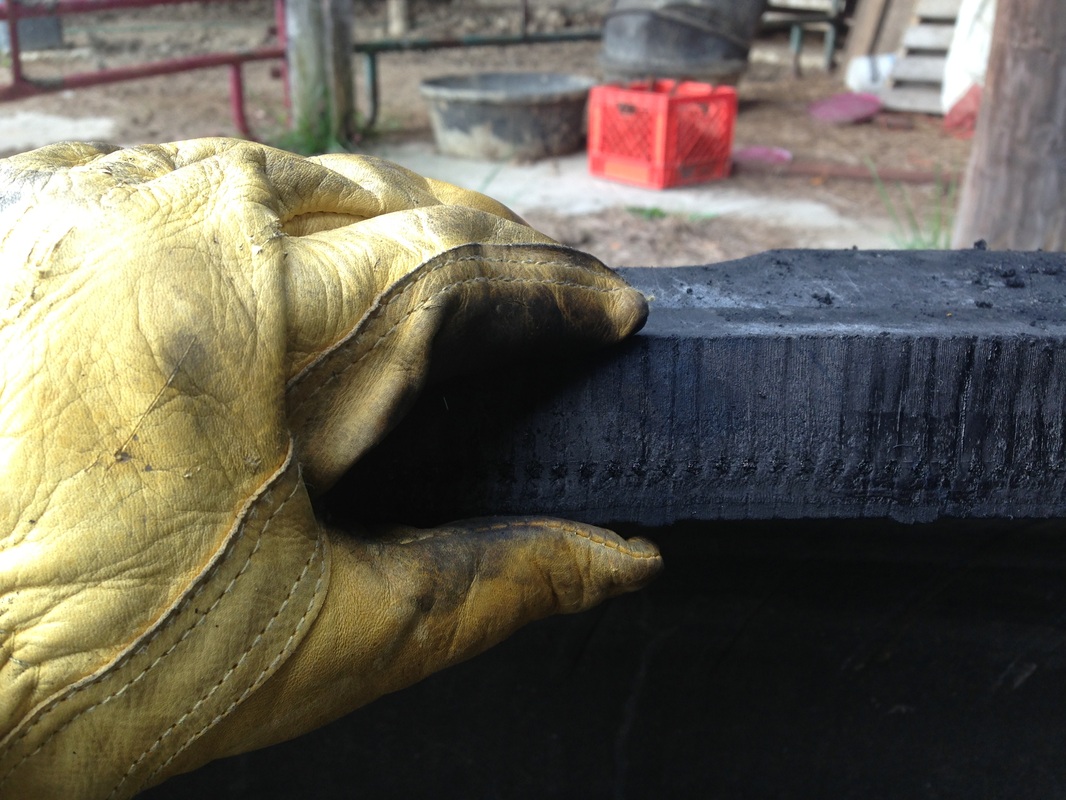
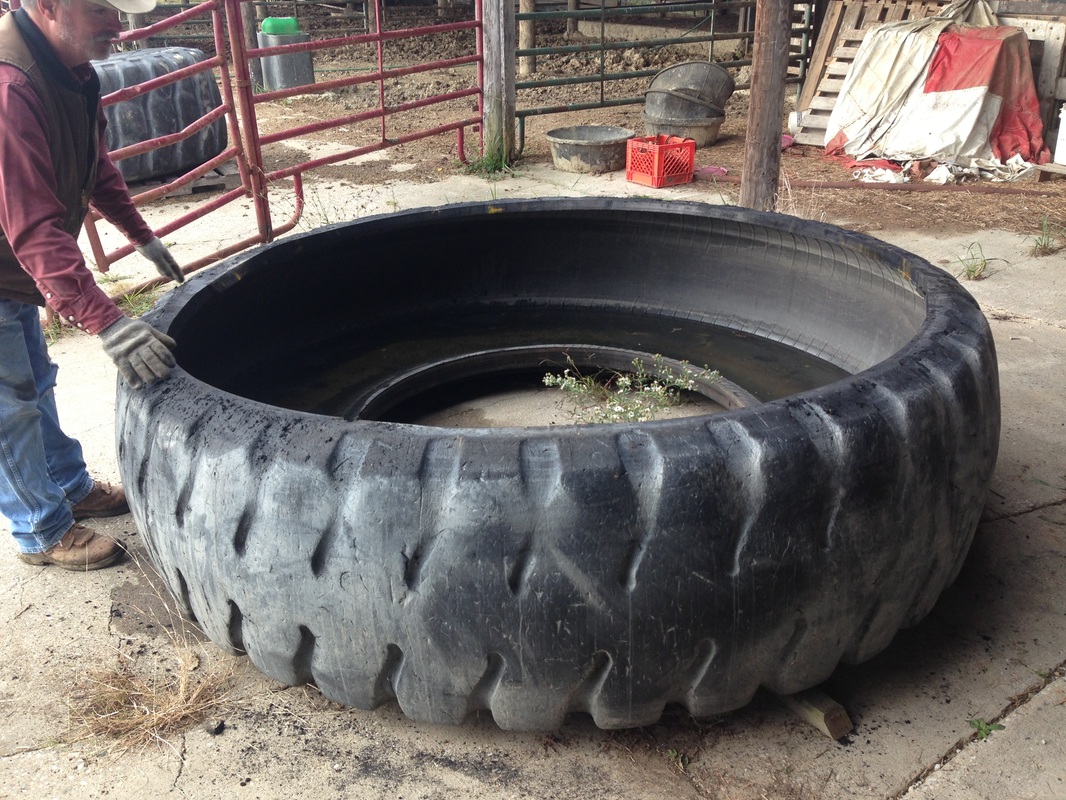
 RSS Feed
RSS Feed
